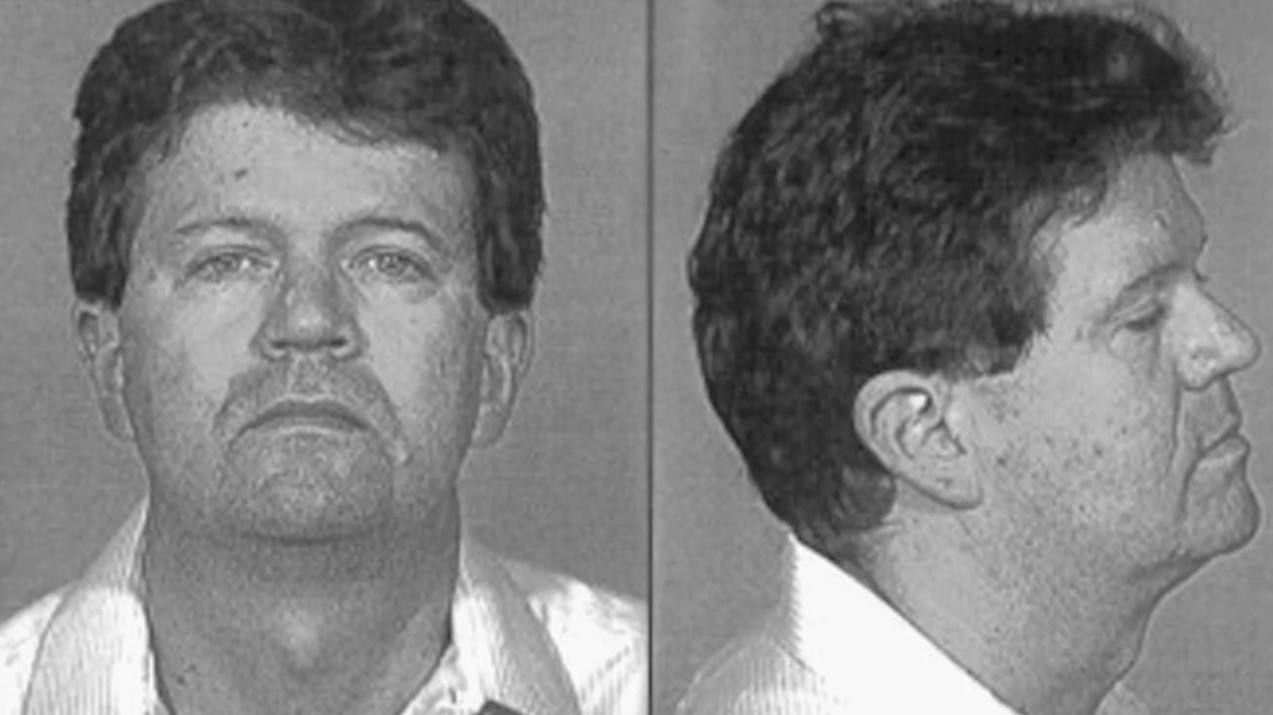Residents of Orono, Maine, were forced to witness a horrific crime on April 28, 1973, when 22-year-old Frederic Alan Spencer was murdered inside the house he shared with two other roommates. Incidentally, Frederic’s body was found about three days after the murder in the nearby Bird Stream Forest, triggering a homicide investigation that would take years to lead to the perpetrator. ‘Last Call: When a Serial Killer Stalked Queer New York’ chronicles Frederic’s murder and even portrays how local authorities tried their best to get to the bottom of the incident. Let’s delve into the details surrounding the crime and find out more, shall we?
How Did Frederic Alan Spencer Die?
A resident of Orono, Maine, Frederic Alan Spencer, was only 22-years-old at the time of the murder. Being a graduate student at the University of Maine, Frederic shared the house with three other housemates, and most people who knew him described him as a loving and kindhearted individual who was always ready to extend a helping hand and treated everyone with kindness. On top of it, he was also known to have a friendly connection with his housemates, and neither their landlord nor their neighbors noticed anything out of the ordinary in the days leading up to the crime.

While Frederic was murdered on April 28, 1973, a few cyclists discovered his remains while cycling through the nearby Bird Stream Forest on May 1. Even though the body was in a state of decomposition, the police managed to identify him as Frederic after finding a key in his pocket which led to a local letterbox. At the same time, an autopsy mentioned that Frederic was bludgeoned multiple times with a blunt, heavy object like a hammer before the killer asphyxiated him to death. Such evidence immediately pointed toward a homicide, and a quick search of Frederic’s house indicated that the victim was killed there before being transported to the forest. On top of it, authorities were also able to find the blunt weapon, which fast-tracked the investigation.
Richard Rogers Confessed to Killing Frederic Alan Spencer
When the police carried out a thorough search of Frederic Alan Spencer’s house, they learned that he shared it with three other housemates. One of those housemates, later identified as Richard Rogers, was not keen on letting the police enter his room. However, once authorities came back with a warrant, they were surprised to find several droplets of blood on the wall as well as a bloody footprint on the floor. Furthermore, the blunt murder weapon, a hammer, was recovered from the same room, and the police found several bloody fingerprints on the door. This made Richard an immediate suspect, and when the cops took him down to the station for questioning, he did not take long to confess to the murder.

However, Richard claimed he killed Frederic in self-defense, as the latter had allegedly attacked him with the hammer. Despite Frederic’s claim of self-defense, he was charged with murder, and the police were quite confident of a conviction. After all, they had forensic evidence as well as a murder weapon that linked the defendant to the crime. However, in a surprising turn of affairs, the jury chose to accept Richard’s plea of self-defense, and he was allowed to walk free after being acquitted of all charges. Unfortunately, that was the last development in the case, as the investigation shut down soon after.
In the meantime, Richard Rogers moved to New York City in 1973, where he graduated from Pace University’s School of Nursing before earning a Master’s degree in Science. Moreover, reports mention that he was arrested for assault in 1988, although the charges were later dropped. Incidentally, New York was gripped by terror between 1991 to 1993 when four gay men, namely Peter Stickney Anderson, Thomas Richard Mulcahy, Anthony Edward Marrero, and Michael J. Sakara, mysteriously vanished from popular piano bars around the city. Moreover, the dismembered remains of these men were later discovered in trash cans in the states of Pennsylvania, New Jersey, and New York.
While these murders came to be known as the Last Call Killings, the police soon found several fingerprints and palm prints from the trash bag that contained Peter Anderson’s remains. Initially, these prints did not match anyone in the system, and the case was in danger of going cold. However, soon after, a man approached the police and claimed he was assaulted by a male nurse who had tried to tie him up after luring him to his house. This made the police renew their efforts to find the murderer, and once the prints were sent to different states, authorities realized that they were a perfect match for Richard Rogers from Maine.
Subsequently, Richard was arrested, and even though he denied a plea deal, the jury convicted him of the murders of Thomas Richard Mulcahy and Anthony Edward Marrero, which netted him two consecutive life sentences in 2005. Hence, even though Richard is ineligible for parole and is currently serving time behind bars at the New Jersey State Prison in Trenton, New Jersey, readers should note that he has never been charged or convicted of Frederic’s murder.
Read More: Jayna Murray Murder: Where is Brittany Norwood Now?

